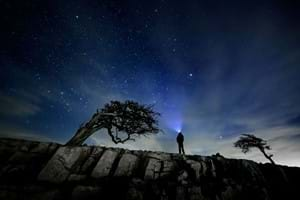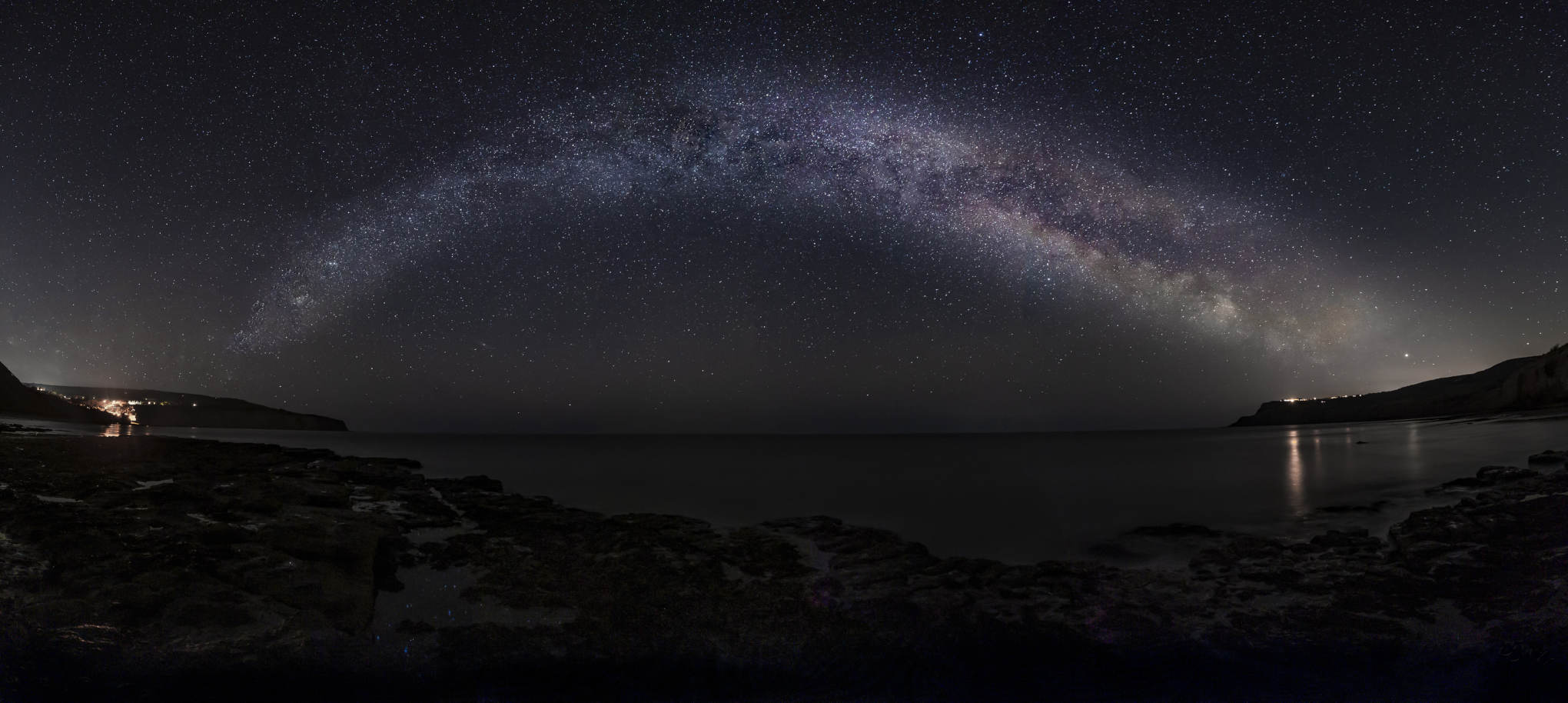Dark Skies Friendly places to Stay in the North York Moors National Park


Sea Fern Cottage is a Dark Skies Friendly place to Stay in the North York Moors National Park
Sea Fern provide a pair of binoculars for stargazing during yor stay. We also provide a star chart, so that you know what to look out for in the dark skies depending on the season.
We recommend that you join an organized group like ‘Astro Dog’ at the NYM national park Dark Skies Festival 10th-26th February 2023 to learn the basics and then enjoy a night stargazing, in comfort at Sea Fern’s garden.
The garden chairs will be on the patio from February onwards and there are extra blankets in the garage to keep you warm. The outdoor light can be turned off once everyone is safely outdoors with hot drinks and ready to enjoy the night skies.
Guests have access to free Wi-Fi, so that you can use apps and websites to track and log information during your visit. Apps like Skyview use your smartphone's GPS to locate the constellations and deep-space objects from wherever you are.
Check list for what to bring to enjoy the night skies includes:
- Warm clothing
- Red light torches
- Star chart (Please return it to the book case after use for other guests to enjoy.)
- A warm drink (It can take up to twenty minutes for your eyes to adjust to the dark so be patient.)
Best times to observe:
Mid-summer nights don’t get properly dark. From early May to late July you won’t see many stars. During the rest of the year the only obstacles are the weather and the moon. The moon is obviously a wonderful object to view through a telescope or using binoculars but the light it reflects will wash out the fainter stars. The best starry nights are to be found in the new moon period. Spring is a great time to view brighter galaxies and planets like Jupiter and Saturn. Autumn is a prime viewing time – nights are properly dark and the Milky Way is overhead in the evening, resembling a shimmering river of stars. Meteor showers like the Leonids put a good show on in November. Winter is the best time – the sky is at its most transparent as temperatures dip.

